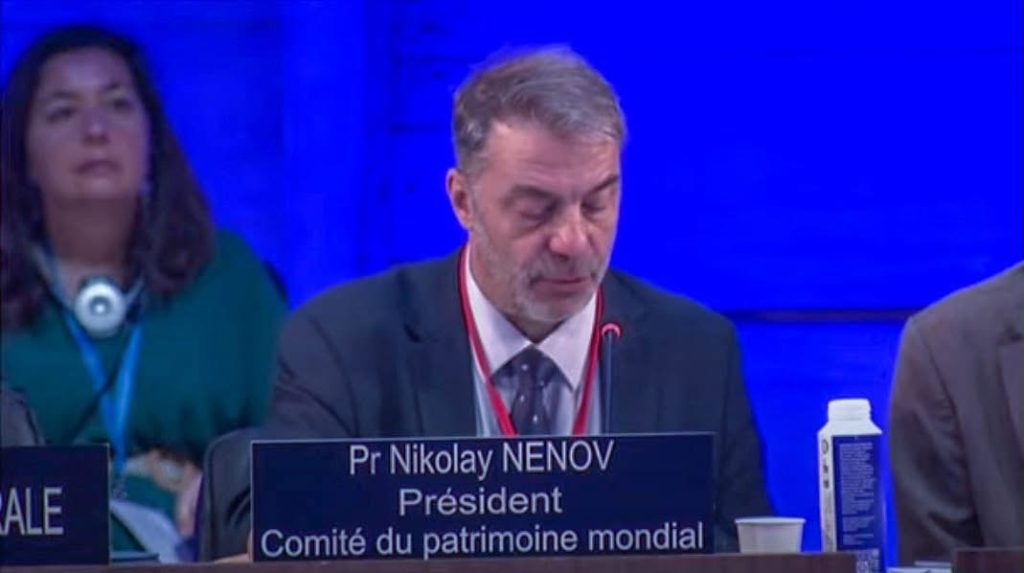
MAPUTO, 13 JULY 2025 – Maputo National Park has been officially designated a World Heritage Site by the United Nations Educational, Scientific and Cultural Organization (UNESCO). The final decision regarding its recognition was made in Paris, France, during the 47th session of the World Heritage Committee.
UNESCO’s official inscription of Maputo National Park as a World Heritage Site marks a significant achievement for Mozambique and an important step forward in protecting biodiversity on the African continent.
“This is a historic and proud moment for Mozambique,” said Gustavo Dgedge, Secretary of State for Earth and Environment. “Being recognized by UNESCO is a powerful endorsement of the work being done here. It honors the dedication of our government, communities, and partners in restoring this unique landscape.”
Maputo National Park boasts an extraordinary array of untouched and visually stunning environments, ranging from coral reefs and seagrass banks to wetlands, freshwater lakes, coastal dunes, savannas, marshes, and sprawling forests.

Located in southern Mozambique, the park covers an ecologically rich area of 1,794 km2. The designation recognizes the fundamental role of Maputo National Park in the preservation of endangered species and habitats. Its beaches are home to the southernmost nesting sites of leatherback and loggerhead turtles. The area also hosts the world’s largest concentration of giant kingfish and serves as a key stop for migratory birds on the East African migration route.
“Protecting these wild spaces is essential to sustaining Africa’s biodiversity in the face of global environmental changes,” said Pejul Calenga, Director-General of Mozambique’s National Conservation Areas Administration. “As our country’s second World Heritage Site, and our first Natural Heritage Site, this designation demonstrates our strong commitment to protection.”
Declared a national park in 2021, Maputo National Park was formed by merging the Maputo Special Reserve and the Golden Point Partial Marine Reserve into a larger protected area.

Originally established to protect the region’s iconic coastal elephants, the park has undergone a drastic transformation from a once-degraded landscape to one of Africa’s most inspiring conservation success stories.
Through a partnership with the Peace Parks Foundation, significant investments in infrastructure and law enforcement have paved the way for the successful reintroduction of 5,388 wild animals, helping to restore balance and vitality to the ecosystem.
The park currently welcomes visitors to three tourist establishments, offering experiences ranging from rustic camping to luxury travel.
Local communities also benefit directly from the park’s success through 20% revenue sharing, supporting sustainable livelihoods, and managed access to natural resources.
Ongoing community initiatives include conservation agriculture, sustainable fishing, pasture management, aquaculture, ecotourism, and paid restoration work such as dune rehabilitation.
“This moment represents an important milestone not only for Mozambique, but for the entire region,” said Werner Myburgh, CEO of the Peace Parks Foundation. “We commend the Government of Mozambique’s unwavering commitment to conservation and community development. We are extremely proud to have walked this journey with them as partners. What was once a paper-only protected area is now a thriving, productive landscape of global importance. This achievement would not have been possible without the generosity and vision of many donors and friends who have helped us revitalize, protect, and reimagine this vital ecosystem for generations to come.”
